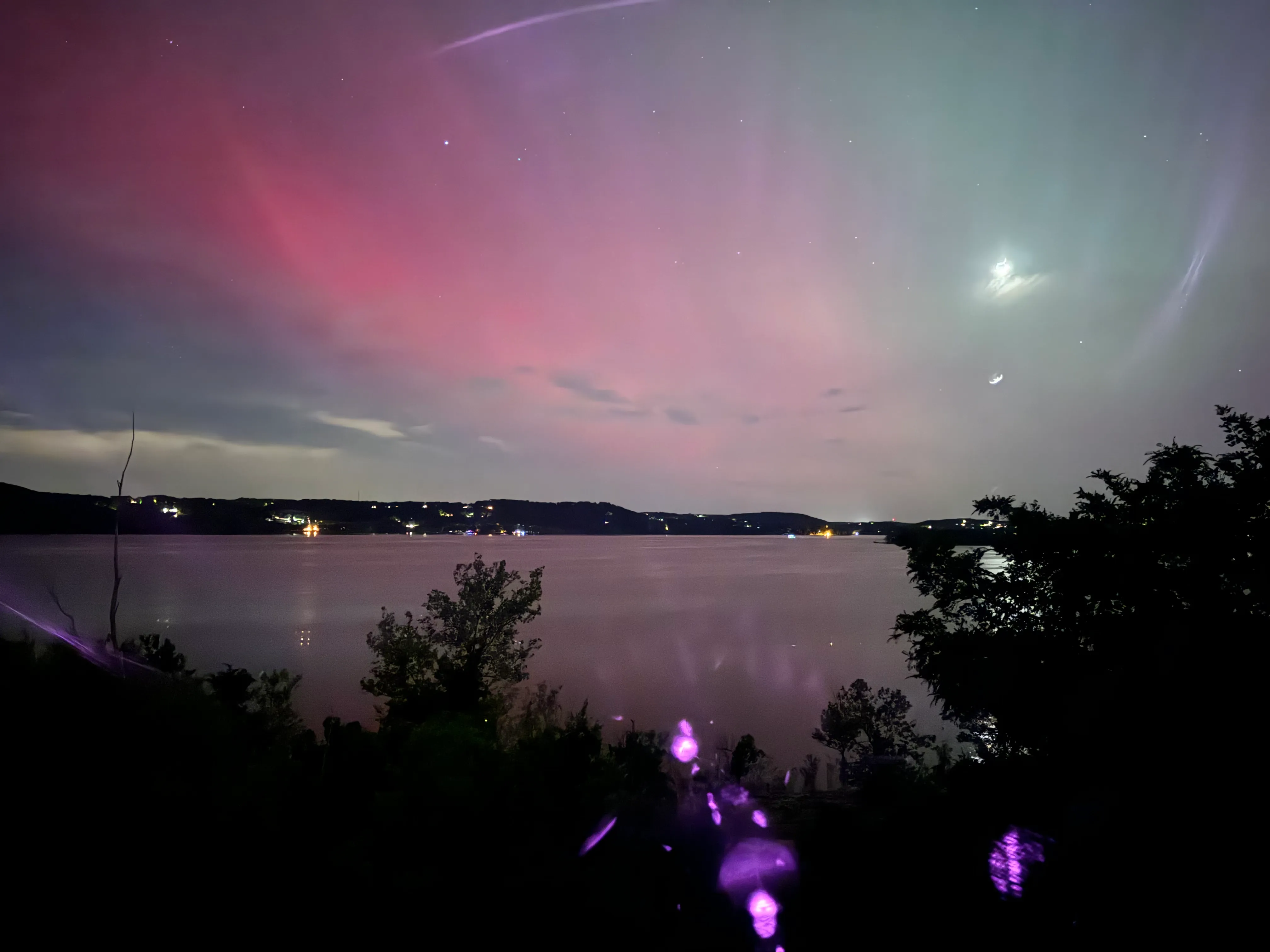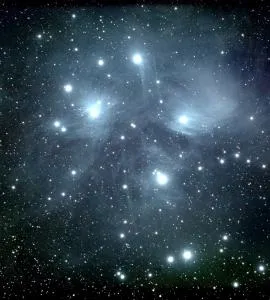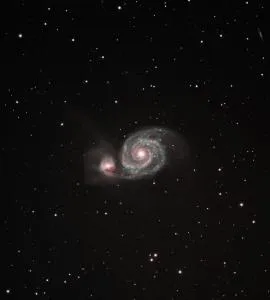The Orion Nebula M42 astrophoto taken with the TEC 180 FL

The awe-inspiring beauty of the Orion Nebula M42 is revealed through our latest astrophoto taken with the high-end TEC 180 FL telescope. This image showcases the incredible detail and vibrant colors of one of the most famous celestial objects in the night sky. The TEC 180 FL's superior optics bring out the intricate structures and gas clouds of the nebula, revealing aspects that are often missed in lesser-quality images.
Capturing the ethereal beauty of the Orion Nebula, also known as M42, is a coveted achievement for astrophotographers. This celestial wonder, a vibrant nursery of stars, gas, and dust, offers a mesmerizing tableau in the night sky, and it seems easy to capture at first because "first light" hits your imaging sensor with a bold splash! However, photographing it presents unique challenges. Many enthusiasts, in their eagerness to reveal the nebula's intricate details, often fall into the common pitfalls of overexposure or excessive stretching of data (or using one of the many "fix it" scripts.
Overexposure can wash out the delicate structures within the nebula, reducing the contrast between the brightest and darkest areas, and thereby diminishing the depth and complexity of the image. On the other hand, overly aggressive stretching, a process used to enhance faint details, can introduce noise and artificial artifacts, compromising the natural aesthetics of this cosmic masterpiece.
In our approach to photographing the Orion Nebula, we emphasize a balance between revealing its stunning details and maintaining the natural integrity of the image. By carefully managing exposure levels and applying measured post-processing techniques, we aim to present the Orion Nebula in a way that is both striking and true to its natural state. The result is an astrophoto that not only captures the eye but also respects the delicate intricacies of this iconic astronomical feature.
Orion Nebula quick facts
- Orion Nebula is a diffuse nebula situated in the Milky Way.
- Orion Nebula distance from earth is 1,334 light years.
- You can see Orion Nebula without a telescope.
- An iPhone or Android can even capture the Orion Nebula on it's mobile camera.
- Orion Nebula is one of the most photographed deep space objects in the night sky.


Astrophoto details of my Orion Nebula M42 shot
Telescope: TEC 180 FL F/7
Mount: RST-300
Camera: ZWO 6200MM, Temp= -20, Gain= 100 / ZWO filters
Guider: ZWO ASI 120 mini as the guide camera, Baader Vario 10X60 Guide Scope
Controller: ASI Air
Acquisition:
1 hour of OIII, 5 min subs X 12
1.25 hours of Ha, 5 min subs X 15
1 hours of SIII, 5 min subs X 12
1.5 hours of R,G,B 180 sec subs
Darks/Flats/Bias: (None)
Luminance: (None)
Total time 4.75 hours
Processing: Pixinsight, Photoshop
Location: Missouri
Bortle: 4

So what is the Orion Nebula, what am I looking at here?
The Orion Nebula is like a colossal, cosmic factory where stars are born. Located roughly 1,350 light-years away from Earth, in the constellation of Orion, it's one of the brightest and most studied nebulae in our night sky. It also resides in our own Milkyway galaxy, so it's "close to home".
Imagine a huge cloud of gas and dust, so vast that it would take light itself several years to cross from one end to the other. This cloud is not just idly floating in space; it's a bustling nursery where new stars are being created.
The process is fascinating. Parts of this nebula are so dense and massive that they start to collapse under their own gravity. As they do, they heat up, eventually reaching temperatures so high that nuclear fusion ignites. This is how a star is born.
What makes the Orion Nebula particularly special is its visibility. On a clear, dark night, it can be seen with the naked eye as a fuzzy spot in Orion's sword. With a small telescope or binoculars, its glowing gas and newborn stars become more evident.
The colors you see in pictures of the Orion Nebula – typically vibrant reds, pinks, and greens – are real, but they're not exactly what our eyes would see. These colors come from the gases in the nebula. Red and pink hues are from hydrogen gas, the most abundant element in the universe, and greens are from oxygen.
In essence, the Orion Nebula is a cosmic laboratory. It offers astronomers a glimpse into the early stages of star formation, a process that has been happening for billions of years and is fundamental to the structure of our universe. For the rest of us, it's a beautiful and awe-inspiring glimpse into the wonders of the cosmos, a reminder of the incredible scale and beauty of the universe we live in.

How to find and spot the Orion Nebula in the night sky
Finding the Orion Nebula in the night sky is quite straightforward, especially during winter in the Northern Hemisphere, when the Orion constellation is prominent. Here's a simple guide:
1. Look for the Orion Constellation: First, find the Orion constellation. It's one of the easiest constellations to spot because of its distinctive shape. Look for three bright stars in a short, straight line – these stars form Orion's Belt.
2. Find Orion's Belt: Once you've located Orion's Belt, you'll use it as your guide. The belt consists of three bright stars: Alnitak, Alnilam, and Mintaka.
3. Locate the Orion's Sword: Look closely for a vertical line of stars hanging down from Orion's Belt. This is known as Orion's Sword. It's usually made up of three fainter stars and appears slightly fuzzy to the naked eye, especially if you're in a dark location.
4. Find the Orion Nebula: The Orion Nebula is located around the middle of Orion's Sword. It will appear as a slightly fuzzy area in the line of stars. To the naked eye, it might look just like a faint star, but with a hint of cloudiness.
5. Best Viewing Conditions: The nebula is best viewed on a clear, dark night, away from city lights. It's visible to the naked eye under good conditions, but binoculars or a small telescope will reveal more detail, showing the nebula's cloudy nature.
Remember, the best time to look for the Orion Nebula is during winter evenings. It's a magnificent sight and one of the most photographed objects in the night sky due to its brightness and beauty.

Interesting facts about the Great Orion Nebula you may not know
1. Ancient Observations: The Orion Nebula may have been observed as early as 1610 by Nicolas-Claude Fabri de Peiresc, a French astronomer, and was independently discovered by several other astronomers in the early 17th century. However, there are hints that it might have been noticed even by Mayan astronomers around 300-600 AD.
2. Stellar Nursery: The nebula is one of the most active star-forming regions near Earth. It's home to thousands of young stars.
3. Part of a Larger Complex: The Orion Nebula is just one part of a much larger nebulous region known as the Orion Molecular Cloud Complex, which spans several hundred light-years and includes other famous nebulae like the Horsehead and Flame Nebulae.
4. Visible to the Naked Eye: It is one of the few nebulae visible to the naked eye from Earth, appearing as a fuzzy spot in Orion’s sword. This is remarkable considering its distance of about 1,350 light-years away.
5. Within the Orion Nebula lies the Trapezium Cluster, a compact group of young, hot stars whose intense ultraviolet radiation causes the surrounding gas to glow brightly.
6. A Site of Planetary Formation: The Hubble Space Telescope has revealed protoplanetary disks, known as "proplyds," within the nebula. These disks are made of gas and dust and are the early stages in the formation of new planets.
7. Variation in Colors: The vivid colors seen in images of the Orion Nebula are due to various gases and their reactions to the intense radiation from the hot, young stars. Hydrogen emits red light, oxygen gives off greenish-blue light, and nitrogen emits red and orange hues.
8. Bow Shocks: The nebula is also home to fascinating structures known as bow shocks, created as the winds from high-velocity stars collide with the surrounding gas.
9. A Part of Orion’s Sword: The Orion Nebula is often mistaken for being in Orion's Belt, but it's actually located in the middle of the sword hanging from the belt.
10. A Window to the Past: Studying the Orion Nebula helps astronomers understand the conditions of the early universe, as it closely resembles the large star-forming regions that were common in the early stages of the cosmos.
11. The Nebula itself is about 40 light years across.
12. It was the first nebula to be photographed (1880), by Henry Draper in the United States.
13. In early 1610, Galileo pointed his telescope towards the constellation of Orion. Prior to this, while studying the Milky Way, he made a groundbreaking discovery. Areas of the sky that appeared nebulous or cloud-like to the naked eye were actually densely packed with countless faint stars, only discernible through the lens of a telescope. (photo above).
14. The constellation Orion is abbreviated as Ori, and was named after a demigod hunter in Greek mythology. Ranked 26th in constellation size and with the area of approximately 595 square degrees, it is rightfully called the ‘Giant Hunter’.
15. The James Webb Space Telescope has recently unveiled a remarkable scene within the Orion Nebula: a cluster of about 150 free-floating entities, each with a mass comparable to Jupiter. Intriguingly, many of these celestial bodies are orbiting each other. Researchers have named these objects Jupiter Mass Binary Objects, or JuMBOs. The cause behind their formation remains an enigmatic puzzle to scientists.
About the Author

Meet Richard Harris, a passionate and dedicated astronomer who embarked on a cosmic journey at the age of 11 and has been reaching for the stars ever since. Born with an innate curiosity for the universe. Richard's fascination with astronomy ignited when he first gazed up at the night sky and felt an indescribable connection to the cosmos and creation. As a younger lad, Richard spent countless hours poring over astronomy books, studying constellations, and learning about the celestial wonders that grace our skies. In 2001, Richard invented the HyperTune telescope process, which has grown into the standard for German equatorial telescope mount tuning across the globe. He is also the founder of ScopeTrader, a global resource helping to grow the hobby of astronomy which started in 2002, and the CEO of Moonbeam software company, started in 2008. When he's not taking photos of our universe, you can find him with family, playing guitar, or traveling.











